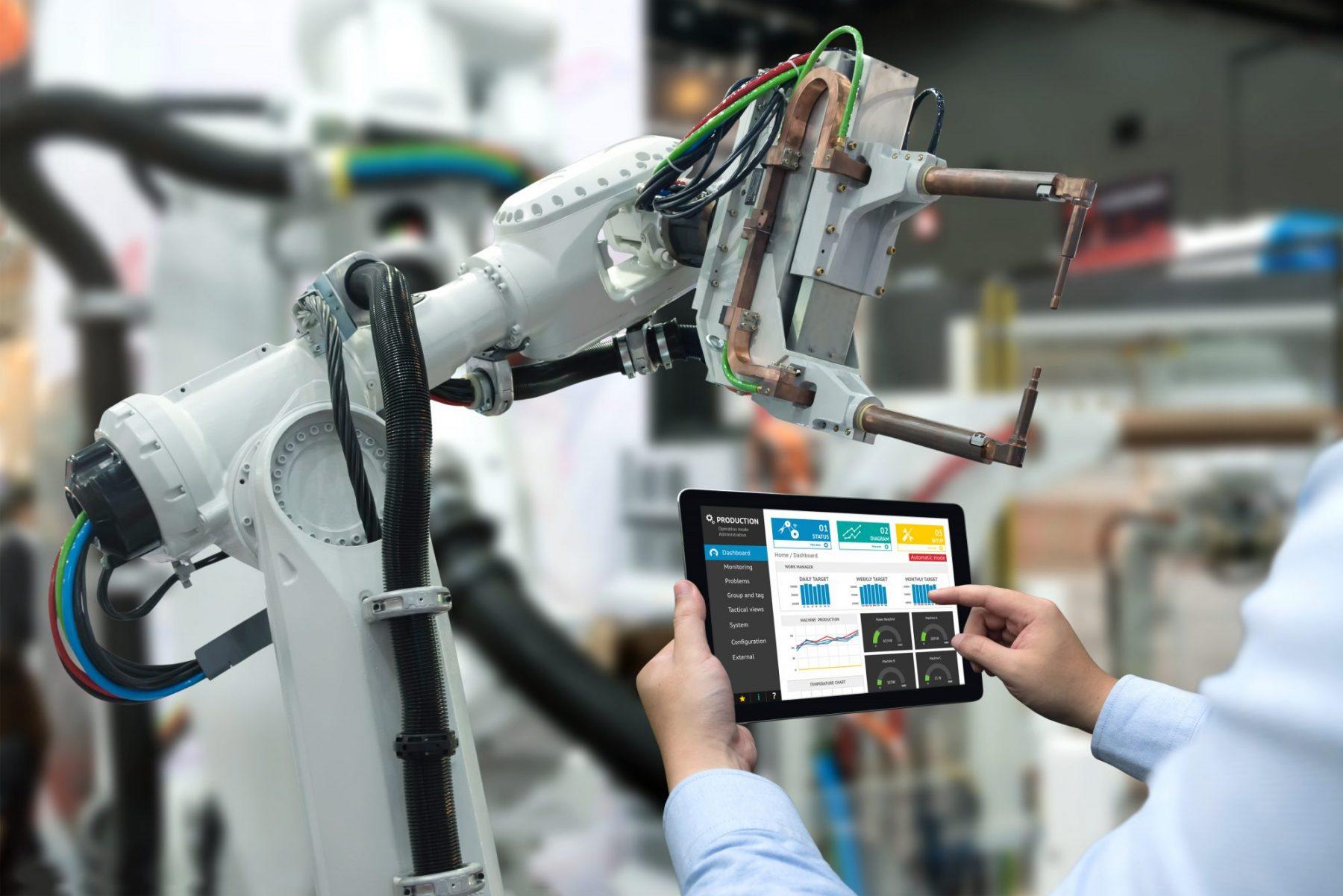
Games that combine art and technology are highly successful. They must meet tight production deadlines, high performance standards, and challenge player expectations. Game AI Pro explores the art and science of game AI, including 54 top-notch experts' tricks and techniques. This book contains valuable information for game designers, developers, and engineers. The success of a game depends on how it combines science and art in game AI. It contains valuable techniques and cutting-edge ideas to help create an AI that can compete with the best.
Plan interruptions in game ai pro
AI planning may be stopped if it's not applicable to the game. Continuation Conditions are rules that define the conditions for a plan’s continuation. Each condition contains a single continuing task. This allows the planner to know that no further planning is necessary and that the current plan suits better. This strategy can be helpful in areas where specific information is required to make tactical choices.

Depth-first search in game ai pro
The iterative deepening depth-first search is a hybrid algorithm that combines BFS and DFS. The algorithm scans many squares at a time until it finds the optimal neighbouring square each time. This technique is useful in game AI because it reduces the number of squares that are examined and improves game performance on complicated levels. It does have some drawbacks.
Utility-based search for game AI pro
There are two main approaches to game AI planning: Monte Carlo Tree Search and Utility-based search. Both methods involve some level of search and considerations of possible future scenarios. The utility-based search algorithm can take only a few seconds and make a decision based upon the current state. This algorithm is computationally costly and takes a lot of time to complete. Both architectures can be combined in many cases. In one game, the utility system makes strategic decisions at the highest level while Monte Carlo Tree Search manages tactical issues.
Reactive vs. reactive approaches in game ai pro
There are pros and cons to both proactive and reactive game AI approaches. Two main types of reactive systems can be distinguished: attack and patrol. Both are equally effective in game AI. However, reacting to current events is more efficient than patrolling. This article will discuss the pros and cons for each. It also examines which one is more suitable for your game. It will all come down to how you implement them.
Reactivity vs. reaction in game ai pros
This debate has been ongoing for years. One approach might work in all situations, but others might need to be more scripted. Regardless of your preference, this debate has an impact on your game. Here are three reasons. Gaming AI is all about reacting. This gives you full authorial power.

Game ai pro uses heuristics
The average win-rate of heuristics is shown in Table I. They can be broken down into positive or negative variants. Positive variants have an average win-rate that is higher and they are suitable candidates for "default heuristics" in new games with little or no domain knowledge. Although their average win-rates are lower, negative weighted variants can still be very effective in certain games. They are valuable to keep in your portfolio of general game heuristics.
FAQ
How does AI work
It is important to have a basic understanding of computing principles before you can understand how AI works.
Computers store information on memory. Computers use code to process information. The code tells a computer what to do next.
An algorithm is a set of instructions that tell the computer how to perform a specific task. These algorithms are typically written in code.
An algorithm can be thought of as a recipe. An algorithm can contain steps and ingredients. Each step might be an instruction. One instruction may say "Add water to the pot", while another might say "Heat the pot until it boils."
What is the latest AI invention?
Deep Learning is the newest AI invention. Deep learning is an artificial Intelligence technique that makes use of neural networks (a form of machine learning) in order to perform tasks such speech recognition, image recognition, and natural language process. Google was the first to develop it.
The most recent example of deep learning was when Google used it to create a computer program capable of writing its own code. This was done with "Google Brain", a neural system that was trained using massive amounts of data taken from YouTube videos.
This enabled the system to create programs for itself.
IBM announced in 2015 that they had developed a computer program capable creating music. Music creation is also performed using neural networks. These are known as NNFM, or "neural music networks".
How does AI work?
An artificial neural network is made up of many simple processors called neurons. Each neuron receives inputs and then processes them using mathematical operations.
Neurons are arranged in layers. Each layer has a unique function. The first layer gets raw data such as images, sounds, etc. These data are passed to the next layer. The next layer then processes them further. Finally, the last layer generates an output.
Each neuron is assigned a weighting value. When new input arrives, this value is multiplied by the input and added to the weighted sum of all previous values. The neuron will fire if the result is higher than zero. It sends a signal down to the next neuron, telling it what to do.
This continues until the network's end, when the final results are achieved.
Is AI good or bad?
Both positive and negative aspects of AI can be seen. AI allows us do more things in a shorter time than ever before. We no longer need to spend hours writing programs that perform tasks such as word processing and spreadsheets. Instead, instead we ask our computers how to do these tasks.
Some people worry that AI will eventually replace humans. Many believe that robots may eventually surpass their creators' intelligence. This may lead to them taking over certain jobs.
Statistics
- In the first half of 2017, the company discovered and banned 300,000 terrorist-linked accounts, 95 percent of which were found by non-human, artificially intelligent machines. (builtin.com)
- While all of it is still what seems like a far way off, the future of this technology presents a Catch-22, able to solve the world's problems and likely to power all the A.I. systems on earth, but also incredibly dangerous in the wrong hands. (forbes.com)
- That's as many of us that have been in that AI space would say, it's about 70 or 80 percent of the work. (finra.org)
- More than 70 percent of users claim they book trips on their phones, review travel tips, and research local landmarks and restaurants. (builtin.com)
- A 2021 Pew Research survey revealed that 37 percent of respondents who are more concerned than excited about AI had concerns including job loss, privacy, and AI's potential to “surpass human skills.” (builtin.com)
External Links
How To
How to set up Cortana Daily Briefing
Cortana can be used as a digital assistant in Windows 10. It helps users quickly find information, get answers and complete tasks across all their devices.
The goal of setting up a daily briefing is to make your personal life easier by providing you with useful information at any given moment. The information can include news, weather forecasts or stock prices. Traffic reports and reminders are all acceptable. You can choose the information you wish and how often.
Win + I will open Cortana. Click on "Settings" and select "Daily Briefings". Scroll down until you can see the option of enabling or disabling the daily briefing feature.
If you've already enabled daily briefing, here are some ways to modify it.
1. Open the Cortana app.
2. Scroll down to the "My Day" section.
3. Click on the arrow next "Customize My Day."
4. Choose the type of information you would like to receive each day.
5. Change the frequency of the updates.
6. Add or remove items from the list.
7. Save the changes.
8. Close the app